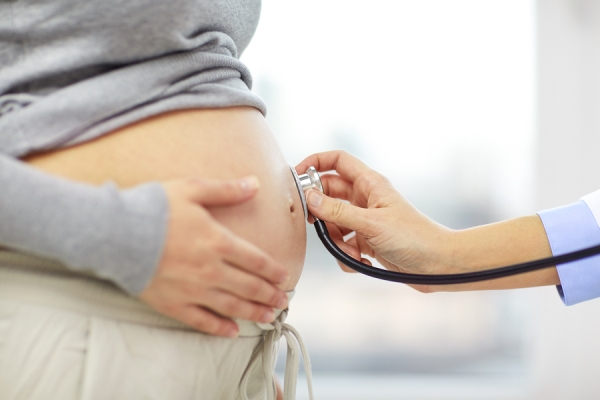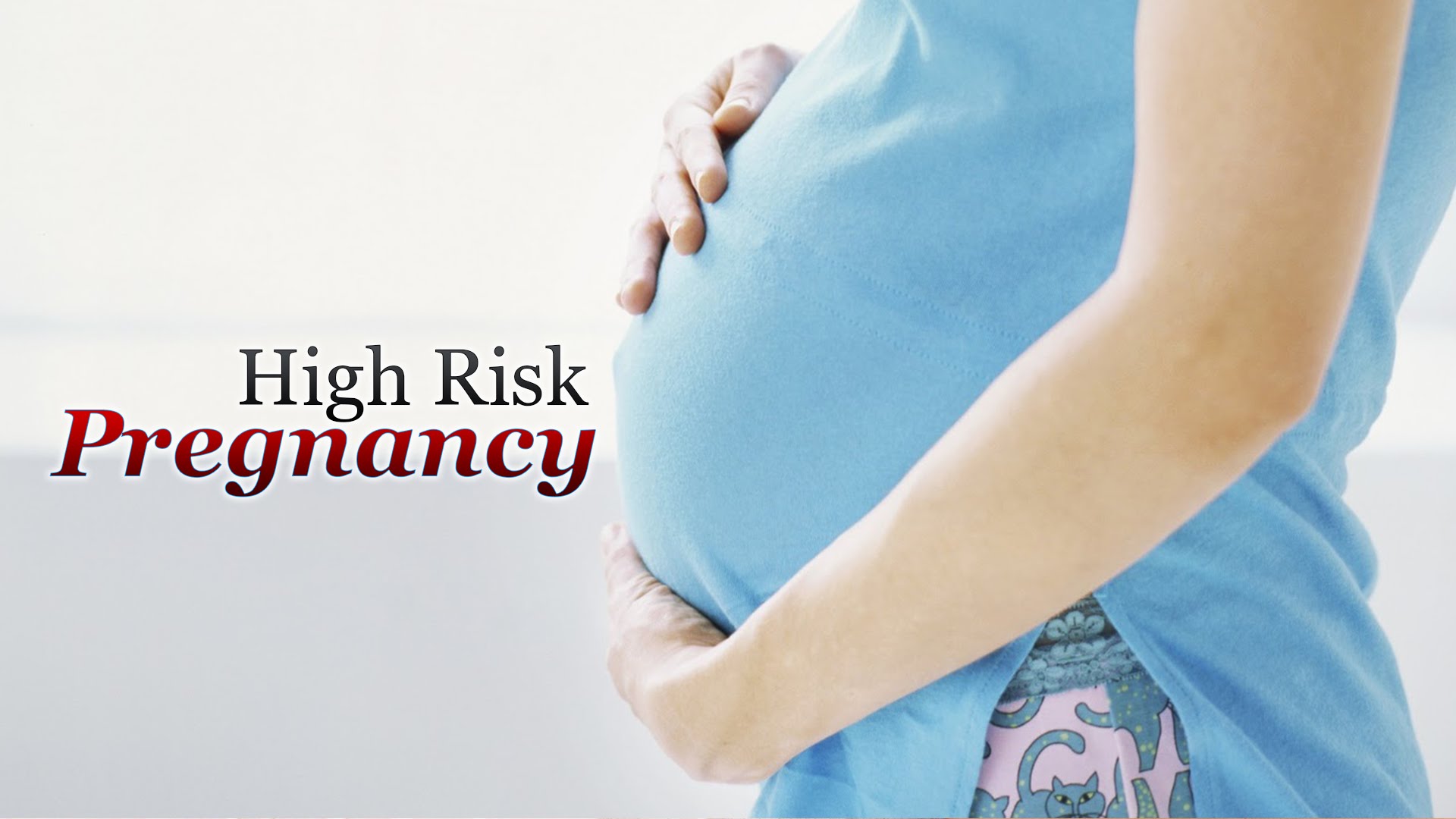What is a high-risk pregnancy?
Posted By : Berry

A high-risk pregnancy is one that endangers the health or life of the mother or her foetus. A high-risk pregnancy can have challenges before, during or even after delivery. For some women, the risk of complications is more even before they get pregnant for numerous reasons. Prenatal care is advised for all pregnant women as this helps a great deal in a healthy pregnancy and delivery without complications. Especially, for women with high-risk pregnancy, prenatal care is mandatory as you and your baby need special monitoring and round the clock care throughout your pregnancy. It is better to understand what causes a high-risk pregnancy and what all you can do to take care of yourself and your baby.

What are the factors that might contribute to a high-risk pregnancy?
- The age factor of the mother. Getting pregnant in teens and getting pregnant after the age of 35 and above increases the chances of preeclampsia and gestational high blood pressure.
- Bad habits. Habits such as smoking cigarettes, drinking alcohol and/ or using illegal drugs can put a pregnancy at risk.
- Prior pregnancy conditions. A previous C-section, low birth weight newborn or preterm birth might increase the risk in subsequent pregnancies. There are other medical factors like family history of genetic conditions, a history of miscarriage or the death of a baby shortly after birth.
- Medical conditions. Medical conditions like such as diabetes, high blood pressure, epilepsy, anaemia, an infection or any underlying mental health condition also increase pregnancy risks.
- The weight of the mother. Obesity raises the risk for high blood pressure, preeclampsia, gestational diabetes, stillbirth, neural tube defects, and caesarian delivery.
- Pregnancy complications. Various complications that develop during pregnancy pose risks, such as problems with the uterus, cervix or placenta. Other concerns might include too much amniotic fluid (polyhydramnios) or low amniotic fluid (oligohydramnios), restricted foetal growth, or Rh (rhesus) sensitization — a potentially serious condition that can occur when your blood group is Rh negative, and your baby’s blood group is Rh positive.

- Multiple pregnancies. Women bearing two or more babies are at greater pregnancy risks.
- What could you do to promote a healthy pregnancy?
- Irrespective of whether you have a high-risk pregnancy or not, its is best to do all things to prevent a high-risk pregnancy:
- Schedule a preconception appointment. Consult your doctor well in advance if you’re planning to become pregnant. He or she might look at your medical history and other underlying conditions and advice you what to do accordingly.
- Be cautious when trying alternate methods such as Intrauterine Insemination (IUI), In Vitro Fertilization and others. You should know and consider how many embryos will be implanted. Multiple pregnancies carry a higher risk of preterm labour.
- Be regular with your prenatal checkups. As mentioned earlier, prenatal visits help your doctor to monitor your health and your baby’s health carefully.
- A healthy and balanced diet. During pregnancy, you’ll need more folic acid, calcium, iron and other essential nutrients. A daily prenatal vitamin can help fill any gaps.
- Keep an eye on weight gain. Gaining proper weight improves your health as well as your baby’s health. It also makes it easier to shed the extra pounds after delivery. Your doctor will be able to guide you on the right weight gain.
- Say no to bad habits. Alcohol, smoking and use of other drugs is a strict no.
- What are the special tests that can help with high-risk pregnancy?
- There are a number of tests in addition to routine prenatal screening tests that can be done if you have a high-risk pregnancy. They are as follows:
- Specialised or targeted ultrasound. This special type of foetal ultrasound uses high-frequency sound waves to produce images of a baby in the uterus. It targets any suspected problems, such as abnormal development.
- Amniocentesis. A sample of the fluid that surrounds the baby during pregnancy (amniotic fluid) is withdrawn from the uterus. This is done after week 15 of pregnancy. Amniocentesis helps in identifying certain genetic conditions, as well as neural tube defects which are serious abnormalities of the brain or spinal cord.
- Chorionic villus sampling (CVS). A sample of cells is extracted from the placenta. This is done between weeks 10 and 12 of pregnancy, and this helps in identifying certain genetic conditions.
- Cordocentesis. This test is also known as percutaneous umbilical blood sampling. In this test, the foetal blood sample is removed from the umbilical cord after week 18 of pregnancy. This test can identify chromosomal conditions, blood disorders and infections.
- Cervical length measurement. This test is done using ultrasound to measure the length of your cervix. This will help determine the risk of preterm labour if any.
- Lab tests. These lab tests are done by taking a swab of the vaginal secretions to check for foetal fibronectin. This is a substance that acts as glue between the foetal sac and the lining of the uterus. The presence of foetal fibronectin might be a sign of preterm labour.
- Biophysical profile. This is a well-being test done for the baby. The test combines foetal heart rate monitoring (non stress test) and foetal ultrasound.


